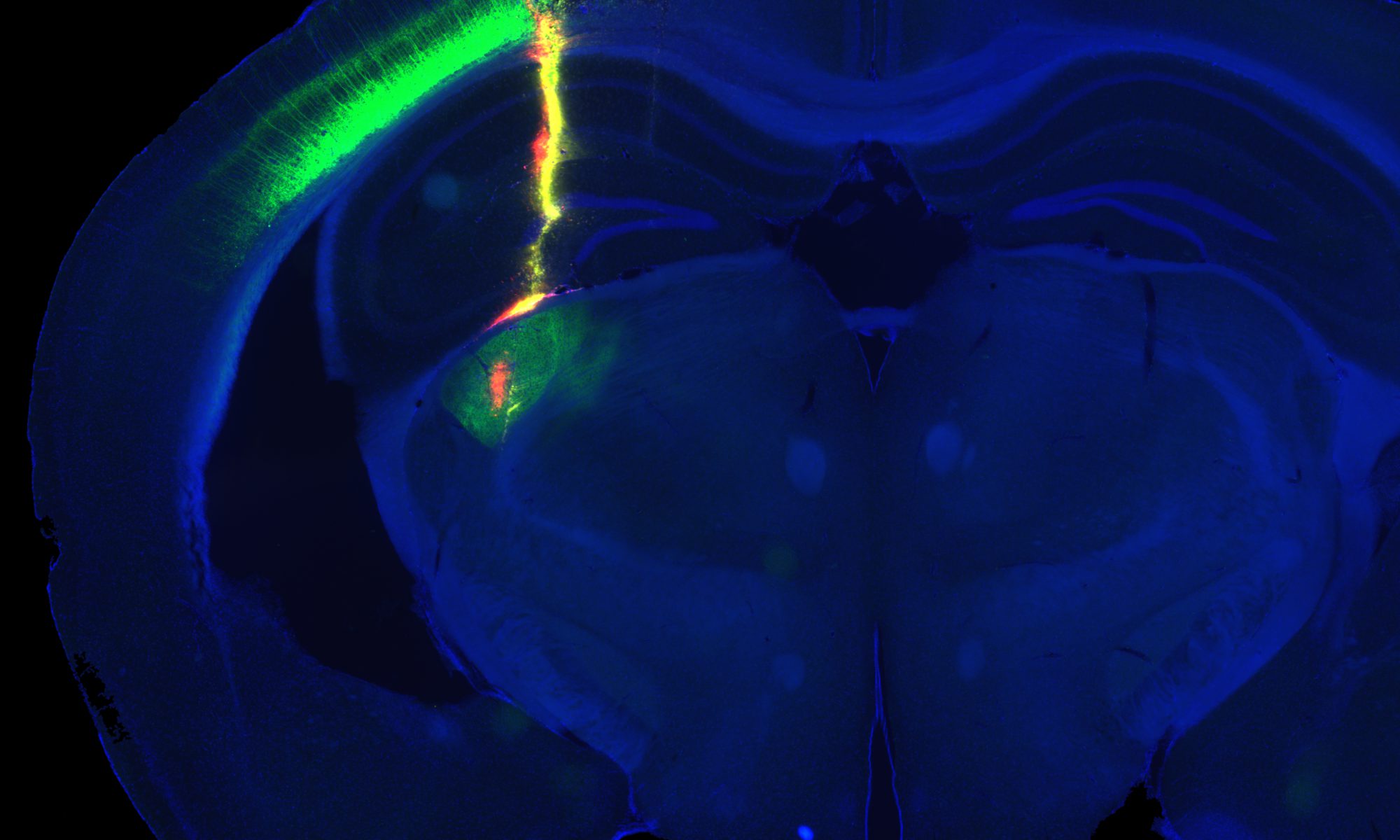Celebrating our new publication in iScience, in collaboration with Philipp Berens in Tübingen:
Schmors, L., Kotkat, A.H., Bauer, Y., Huang, Z., Crombie, D., Meyerolbersleben, L.S., Sokoloski, S., Berens, P., Busse, L., 2025. Effects of corticothalamic feedback depend on visual responsiveness and stimulus type. iScience 28, 112481.
Congratulations to all authors!
